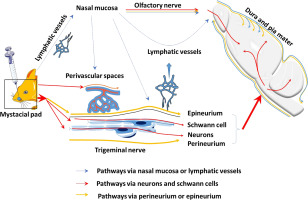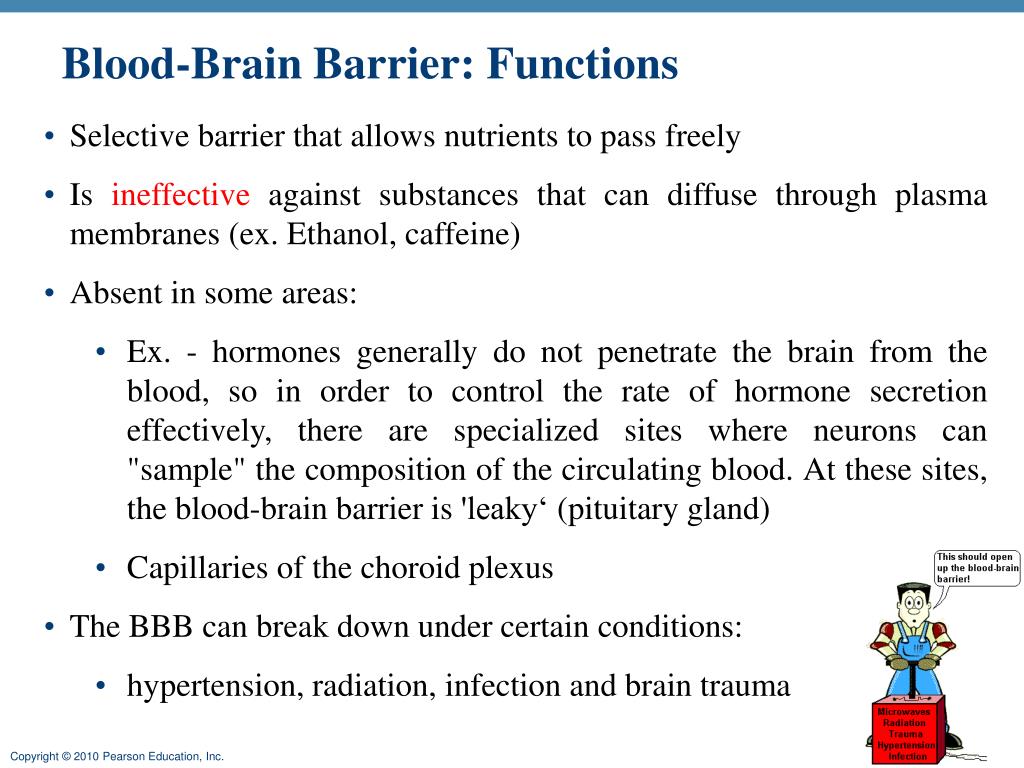

The presence of occludin in other areas of the body (gastric epithelium, testis, bone) and its changes in various pathologies suggest that occludin has other undiscovered roles, along with the simple structural role in the TJ component. Occludin, the first transmembrane protein identified at the TJ level, has a high molecular mass and complex structure, its intracellular domains interacting with zonula occludens (ZO) proteins in order to stabilize the TJ. Īmong the many claudin family members, claudin 5, 11, and 12 were reported to be found in the CNS.

Forming a zipper-like structure, it regulates intercellular spaces and maintains BBB integrity. In addition, proteins are also associated with zonula adherens that form the adherens junctions formed by proteins such as the platelet-endothelial cell adhesion molecule (PECAM) and vascular endothelial-cadherin, also called cadherin-5. At the intracellular level, scaffolding proteins zona occludin-1 (ZO-1), ZO-2, and ZO-3 establish a link between the abovementioned transmembrane proteins and the actin cytoskeleton. This complex consists of a set of several proteins, the most relevant being the transmembrane proteins (claudin, occludin, and junctional adhesion protein), which, although function independently of each other, work in unison to the effect of joining the plasma membranes of adjacent ECs to seal the paracellular space between them. TJs prevent paracellular diffusion and act as a physical barrier to regulate the movement of ions and other molecules between the peripheral blood flow and brain parenchyma. Brain microvascular ECs (BMECs) have an increased mitochondrial content, a lack of fenestrations, minimal pinocytotic activity, and the presence of an elaborate network of tight junctions (TJ) and adherens junctions (AJ) between cells. At the cerebral level, ECs have distinct characteristics, being more specialized compared to ECs located in other organs.

ECs are anchored to the basement membrane by cell adhesion molecules (CAMs), belonging to the classes of selectins, the immunoglobulin superfamily, and the integrin family. This type of endothelial tissue is unique, consisting of flattened cells, closely linked together, lining the inside of the blood vessels. Several cellular components ensure the structural stability of the BBB, with endothelial cells (ECs) representing the central structural element of the barrier. Finally, the currently accepted theories on neurodegeneration in MS are summarized.ġ.1. Subsequently, the authors review the specific alteration of the BBB encountered in different stages of MS, focusing on both the modifications of BBB cells in neuroinflammation and the CNS penetration of immune cells. Firstly, the physiological structure and functions of the BBB as a component of the more complex neurovascular unit are presented. The aim of the current narrative review is to merge the relevant evidence on the role of the BBB in MS pathology in a comprehensive and succinct manner. More specifically, neurovascular unit damage is believed to be involved in the critical process of CNS immune cell penetration, which subsequently favors the development of a CNS-specific immune response, leading to the classical pathological and clinical hallmarks of MS. In recent years, the blood–brain barrier (BBB) has increasingly become the focus of many studies as it appears to be involved in both MS disease onset and progression. A sustained research effort, however, should contribute to a deeper understanding of underlying disease mechanisms, which will undoubtedly yield improved results in drug development. Despite ongoing research and the development of several novel therapies, MS pathology remains incompletely understood, and the prospect for a curative treatment continues to be unpromising in the near future. Over the past decade, multiple sclerosis (MS), a chronic neuroinflammatory disease with severe personal and social consequences, has undergone a steady increase in incidence and prevalence rates worldwide.


 0 kommentar(er)
0 kommentar(er)
